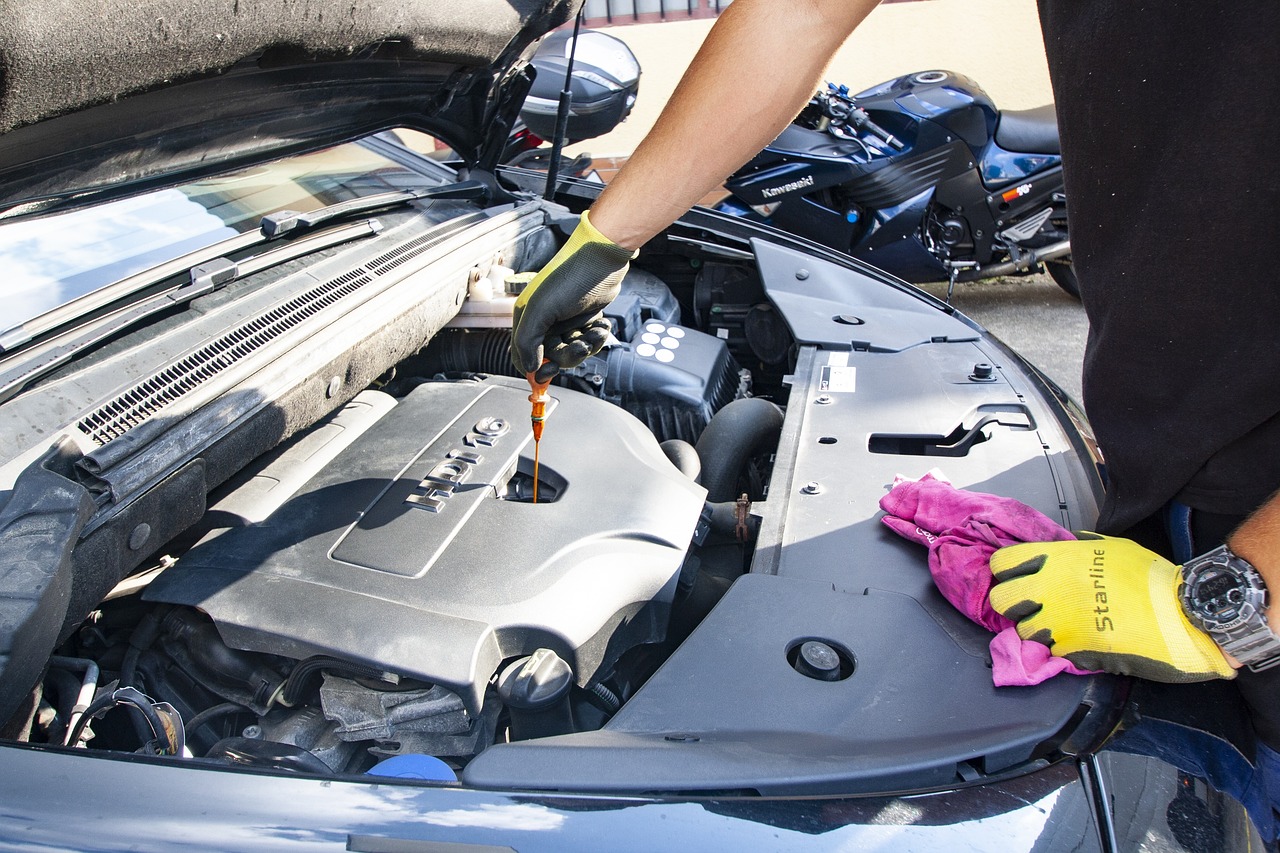Many Minnesotans have mixed feelings about winter—there are so many fun activities to do, but it’s also an extremely dangerous season for driving. Some winters are milder than others, and while we can hope for minimal snow this winter, there’s no telling what we’re in for. Tire traction is incredibly important for driving in snowy conditions, so here are some things to note:
- If you’re still using all-season tires, you need to check the tread depth. If you’re using a penny, you don’t want to see the top of Abe’s head. If you can see the top, that means your tires are almost completely worn out, and they should be replaced immediately. If you use a quarter, you don’t want to be able to see the top of George’s hair. Essentially, the less of the president’s head you can see, the better your tread.
- Get winter tires. They’re often around the same price as your all-season tires, and they can truly become a lifesaver on snow-packed roads. It’s important to note that while these tires are excellent for getting through the snow, they can still slide on ice. Even with great traction, you should still drive below the speed limit when roads are slick.
- If you’re putting on winter tires that you purchased in a previous year, they need to be checked. Clean them and check for signs of wear like cracks or bulges. Your winter tires should have been kept in a covered, climate-controlled area, like a basement or workshop. This area should be cool and dry and shouldn’t vary too much in temperature or humidity levels.
- Winter tires have deeper tread depths than all-season tires, so when there is about 5/32 inches of remaining depth, you should get them replaced. Without a deep enough tread, the traction and mobility of the winter tires is less than ideal. On average, winter tires last about 3 to 4 seasons, so if you’ve had them longer, it’s likely time for a replacement. Winter tires with poor tread depth won’t do you any good!
- Tires can get worn down if you don’t clear ice and slush from the wheel well. We’ve all seen those wheels that are cushioned by huge blocks of frozen slush—in order to keep your tires in good condition, be sure to keep the wells clear. You can often times clear it out with a kick, but other times you need something stronger, like the bottom of a snow brush, to hack it away.
- If you’re looking for maximum traction on snow-packed and icy roads, studded winter tires can provide that. One thing to note, however—when roads are dry, these studs can actually decrease traction. So, if we don’t experience much snow this winter, studded tires aren’t really necessary.
We highly suggest getting winter tires this season to prevent skidding or getting stuck in the snow from poor tire traction. Give Auto Works a call to discuss winter tire options and installation.



